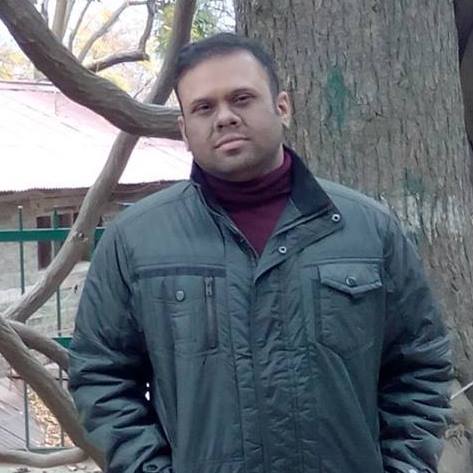About author
Sourish Ghosh completed his Bachelor of Technology in Biotechnology and joined National Brain Research Centre as a PhD student in 2010. He pursued his research in understanding the host-pathogen interactions in neurotropic viruses under the mentorship of Dr. Anirban Basu. His continued love for virology made him leave Neuroscience to work with viruses interfacing with cellular trafficking under guidance of Dr. Nihal Altan-Bonnet at National Institutes of Health, Bethesda, USA (2016-2022). Currently he is a Senior Scientist at CSIR-Indian Institute of Chemical Biology (IICB), Kolkata heading the SG’s Viral Trafficking Lab. His research interest broadly lies in understanding various viral egress mechanisms and transmission routes and developing targeted therapies.


